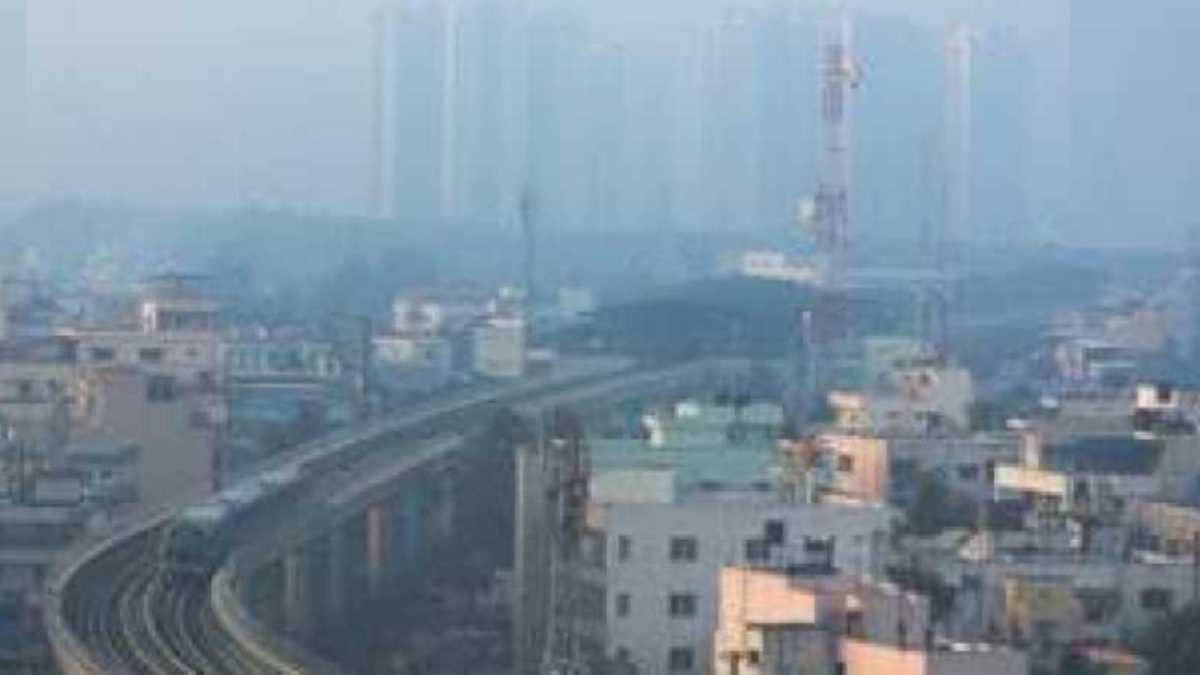
As the country struggles to reign in Covid-19 cases, Bengaluru has emerged as an example for other Indian cities. With a population of around 1.2 crore, the tech-capital has seen 18 deaths and 176 active cases on Monday. The credit can be given to timely management and assessment of the pandemic by Chief Minister B.S. Yediyurappa, who started preparing and briefing the government as early as March.
The first Covid-19 death in India was from the state of Karnataka and thereafter the state government ensured a swift mechanism to implement contact tracing, fever clinics, creating task forces of doctors and swift declaration of containment zones.
The city airport was also prepared to screen passengers and that helped them contain the cases as the tech hub of the country registered over 11 million footfalls at the airport and between February and March. Over 20 lakh passengers had used the Kempe Gowda International Airport, and on 21 March the chief minister announced restrictions on people movement, social gathering, marriages, closure of malls, cinemas, clubs, schools and colleges. Many at that time thought these restrictions as a “knee-jerk reaction”.

In the days to come the Prime Minister declared war against coronavirus by announcing a complete nationwide lockdown. By then Karnataka and specifically Bengaluru had registered over 25 cases, all foreign country returnees.
A task force consisting of Dr Giridhar R. Babu of Public Health Foundation of India, Dr Devi Shetty of Narayana Hryudyalaya, Dr Manjunath of Jayadeva Institute apart from ministers and bureaucrats was created along with a “Covid War Room” at the BBMP HQ within 48 hours. Equipped with tools for GPS mapping, profiling of patients, people movement and contact tracing, the state was ready to battle Covid-19.
Dr Sudhakar, Medical Education Minister tells The Daily Guardian, “After hours of brainstorming, we arrived at a plan — Four Ts — tracing, tracking, testing and treating. And we had to put in place all the infrastructure to achieve this. We realised that unless we break the chain of primary and secondary contact through effective quarantine and sealing off containment areas, we won’t succeed.” There was a 10-fold increase in positive cases because of the Tablighi episode in the neighbouring Telangana, Andhra Pradesh and Tamil Nadu, the state health ministry acting on a tip off from MHA tracked down most of them and quarantined them. As of today, Karnataka has 5,760 cases with 69 deaths. Bengaluru is at fourth place with 493 cases after Udupi (947), Kalaburgi (759) and Yadgir (581). There are only 176 active cases. As far as metropolitans, Mumbai, Kolkata, Delhi, Hyderabad, Chennai have figures between 10,000 and 50,000 cases.
The spike was imminent. Bengaluru had crossed 100 cases in a week. In the days to come, there were other cities too which registered double-digit numbers on a daily basis. “We understood the gravity of the situation and it was decided that at no point in time will there be any political interference, all suggestions of the task force to be implemented in toto, provide all facilities needed to the team and the four Ts to be strictly followed. Be it zoning, containment areas or tracking, testing and treating we didn’t show complacency. As much as the credit goes to frontline workers, those behind the strategy and backroom boys too deserve the accolades,” said Dr Ashwathnarayan, Deputy CM of Karnataka.